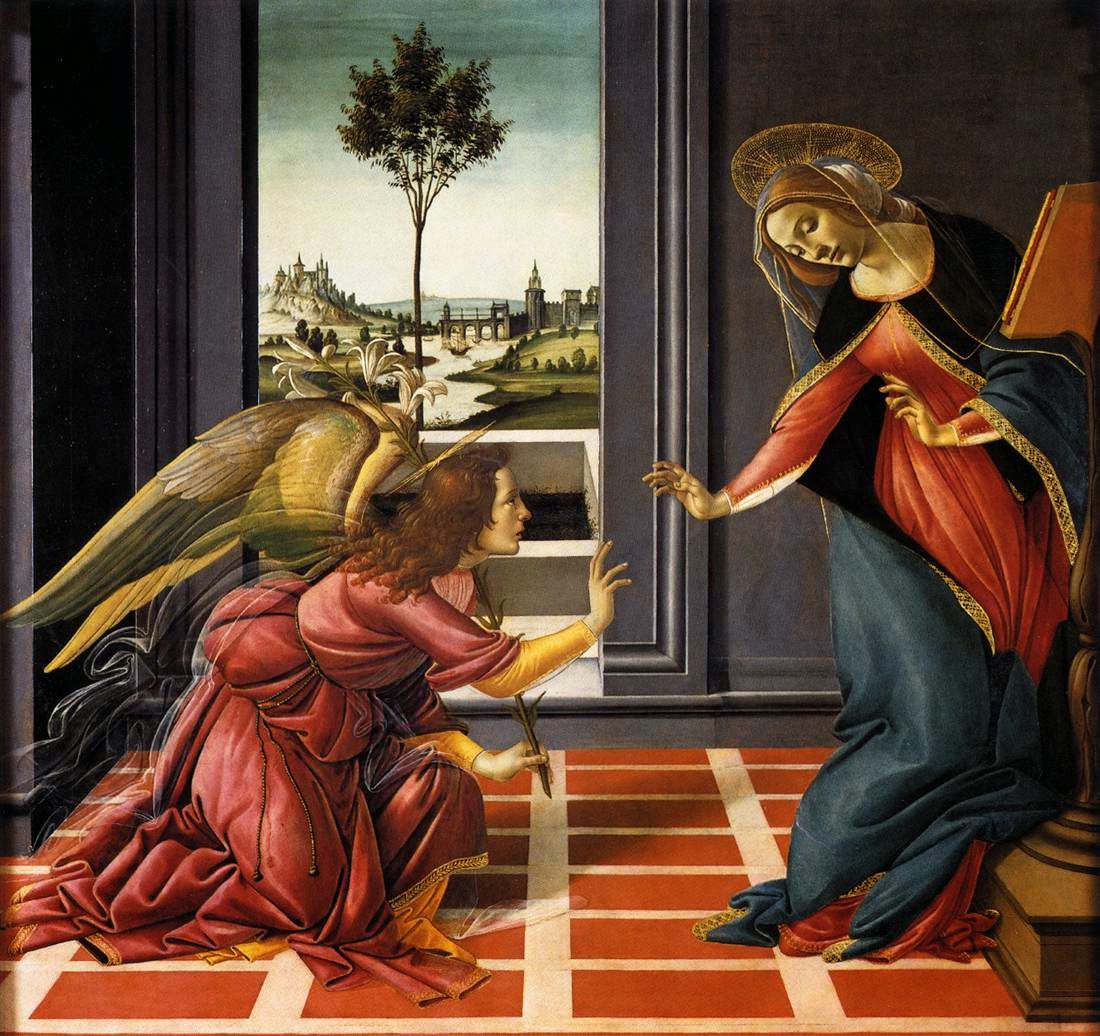Originally shared by Susanne Ramharter
Good Morning Google+ your daily story about art: 03.25
We return to the subject of women, but today not with one painting, but with a whole album. In the sixth century, March 25th was calculated to be the date of the the Annunciation of the Virgin Birth by the Roman Church Historian Dionysius Exiguus. Now this had a number of historically interesting consequences on the Calendar, but let's focus on the Annunciation.
The selection in this album is only a small excerpt of the myriad paintings of the Annunciation. The earliest image I found was actually not a painting, but a ceramic from the 6th century. And still the subject fascinates artists. During the Renaissance it was almost a duty for any self respecting artist to paint at least one Annunciation, many painted multiple versions.
The number of paintings, scenes in illuminations, tapestries, murals, frescoes, altar pieces, etc. is simply unbelievable. Even later ages retained their fascination with the topic, see the examples here by Magritte and Savinio.
As this album shows, there are many different versions, depending on the artist and the age in which the work was created. Yet, at the same time, there are also a number of elements which are almost unchanging in all of them as well. Just as there are many visual interpretations, so one can find many different interpretations, from the most literal interpretation of the Gospel texts, through various allegories to a more modern, psychoanalytical view which sees Annunciations as a "primal scene" (i.e. a child's view of its parents in the sexual act).
The flowers, positioning of the hands, gestures, lighting, placement of windows and doors, inclusion or exclusion of animals, etc. have all been written about in various manuals of Christian Iconography.
But one thing I've not found yet, is an explanation of why almost all traditional (figurative) representations of the Annunciation have a visual element, usually vertical and architectural, but also flowers, etc.separating the angel Gabriel from Mary.
If you know or have a guess I would love to hear it, and tread lightly
Images from Google Art Project, Wikimedia, Wikipaintings and a few blogs.
#art #treadlightly #artandclassontheplus #EuropeanHistory #europeanpainting #yourdailyartstory #arthistory















I feel your pain. I've got some friends like that too. I have no idea why.
ReplyDelete